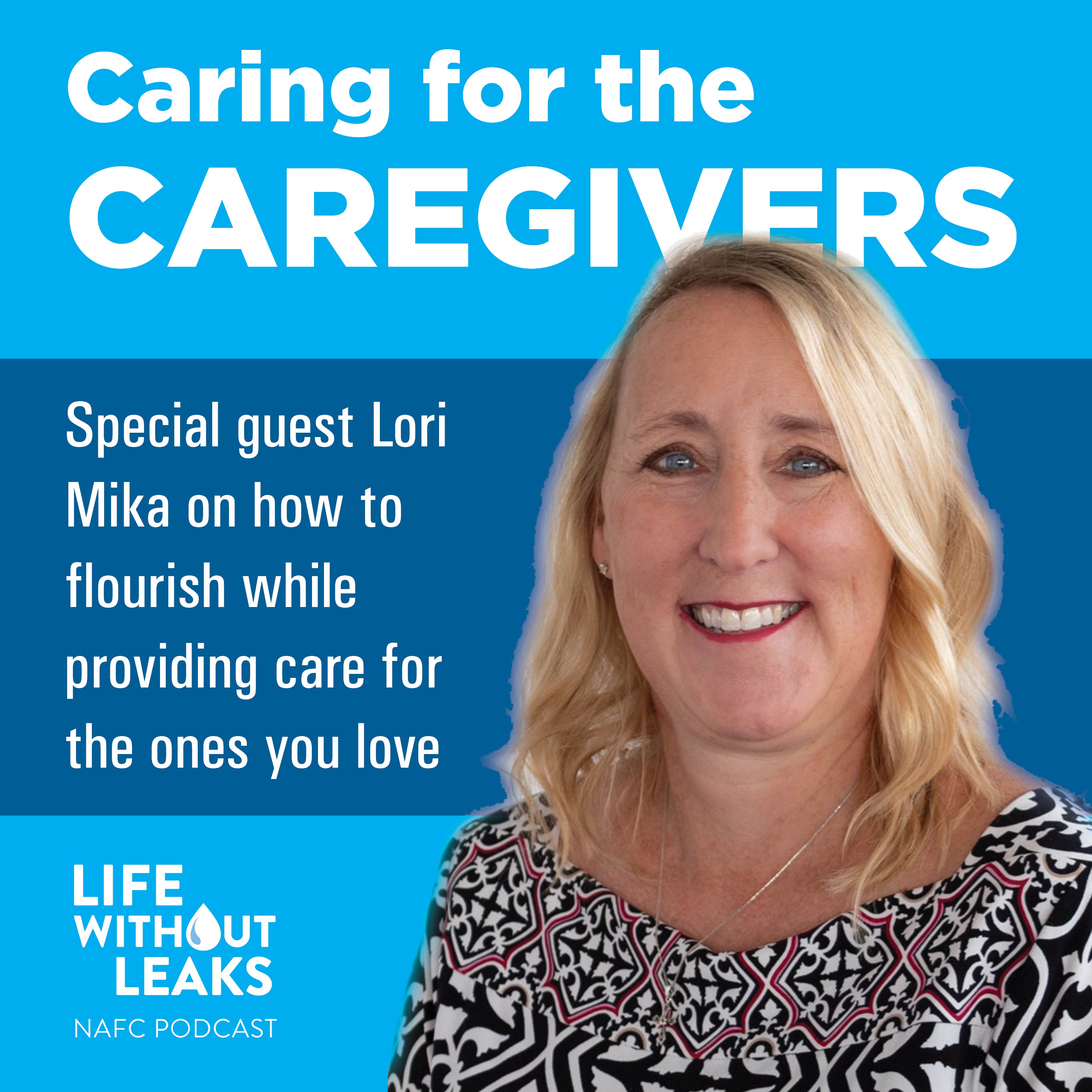This story is a part of the National Association For Continence’s “Voices Of Incontinence” campaign, which shows, in patient’s own words, what it’s like to live with incontinence:Don’t Let Incontinence Control . Learn more about this campaign, watch the videos, read other stories, and find resources to manage bladder leaks here.
I’ve always been an outspoken person. My husband use to tell me that I never knew a stranger. Outgoing, willing to stand up for myself, proactive. Those are my strongest traits.
When I started experiencing bladder leaks, it was no different. I began noticing a few little leaks during my long daily walks. Just a couple a week, but they were a bit unsettling. But when I came back one day and wasn’t able to make it to the bathroom in time, it was enough to jolt me into action.
Don’t Let Incontinence Control You: My Story
I immediately did what I thought anyone would do – I took care of the immediate issue by finding a good absorbent product. I wanted something that I could move easily in since these leaks mostly happened while I was doing my walks. Also, it was important to find something that wouldn’t be really bulky and show through my workout clothes. After lots of research online and reading about a million reviews, I found the perfect product and ordered a couple of sizes to try them out. Worked perfectly!
With that part under control, I set about trying to figure out why my leaks were happening in the first place and what I could do about them. I made an appointment to see my doctor, who asked me all kinds of questions and finally said that he thought I had Overactive Bladder. Basically, the nerve connections from my brain to my bladder are a bit off, causing me to have to empty my bladder quite often, and quickly. It can be triggered by certain things, too, which is maybe why I always felt like I had to go while I was on my walks.
My doctor prescribed a medication to help, and it did for a while. But it also made me feel pretty dry, and I had some constipation. He urged me to stick with it for a few months. But during that time, I was doing my own research to see what else was out there. Turns out a lot of things! I was surprised to learn that Botox could even be a solution, and I asked him about it on my next check up.
My doctor didn’t perform that procedure himself, so he referred me to a specialist who did. (That’s why it pays to do your own research, ladies! My own doctor might have never told me about that option – or even known about it.)
I met with the urologist. He asked me even more questions about my bladder leakage, confirmed that I had Overactive Bladder and said that I was actually a great candidate for Botox. The way it works is that Botox is injected into different parts of the bladder, and that helps to block the nerve signals that trigger OAB.
He got me all set up and told me what to expect. The whole procedure happened in his office and took about an hour, start to finish. I couldn’t believe it was so easy. I had read that some people are unable to empty their bladder for a while after the procedure and need to use a catheter, but that didn’t happen to me. In fact, nothing really happened except that I found I had almost no leaks after a couple of weeks. Hooray!!
From Leaks to Liberation: My Battle with Overactive Bladder
It’s pretty easy upkeep too – the treatment lasts for about 6 months so I made my follow up appointment before I even left the office.
I’m so thrilled to be able to do my walks without worrying about having bladder leaks. And I can’t stress enough how much my own research and insistence with my doctor resulted in this outcome.
Don’t sit back and just let things happen to you. Do your research, be your own advocate, and take action to find a solution that works. After all – if you won’t champion your own health, who will?
Debra M.
Bridgeport, CT






